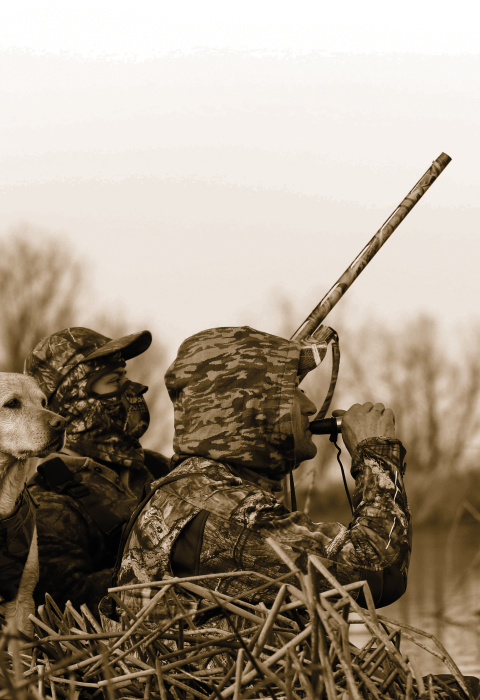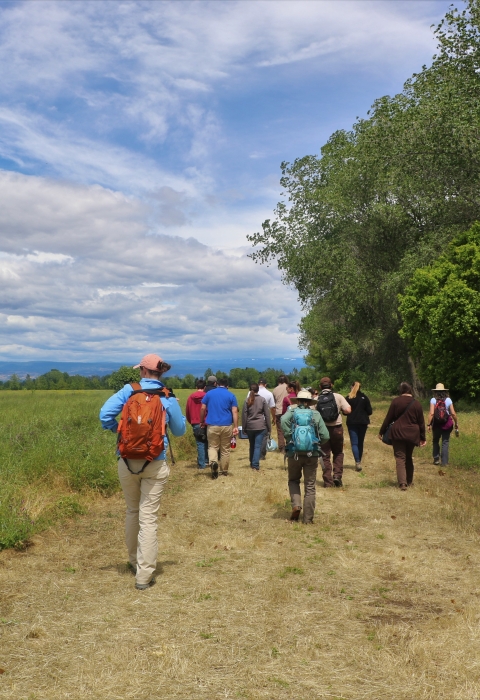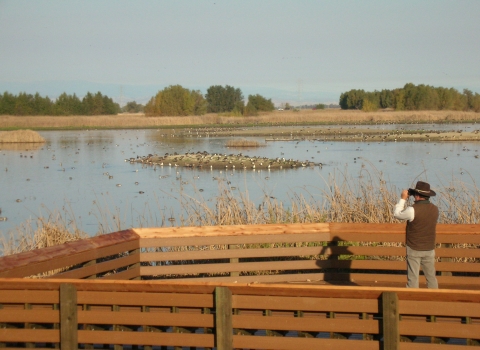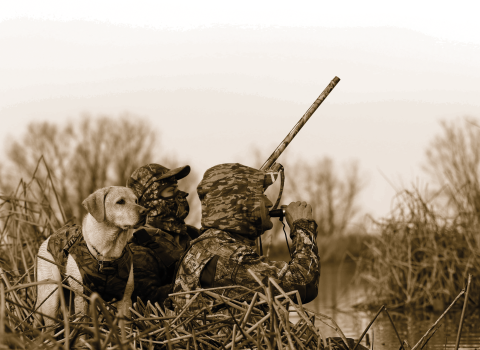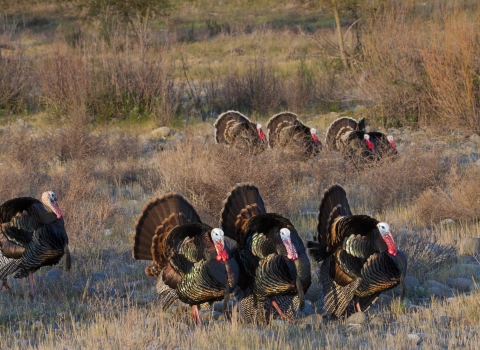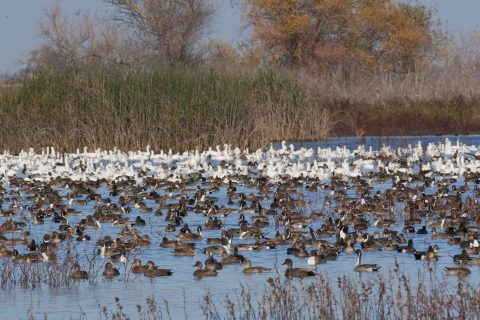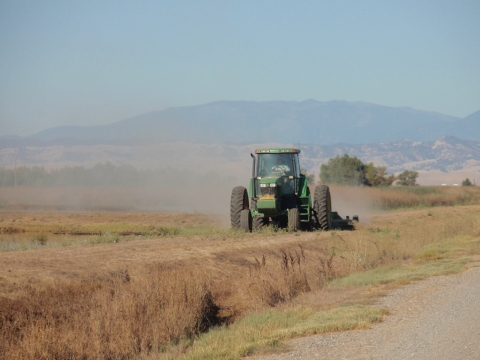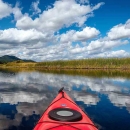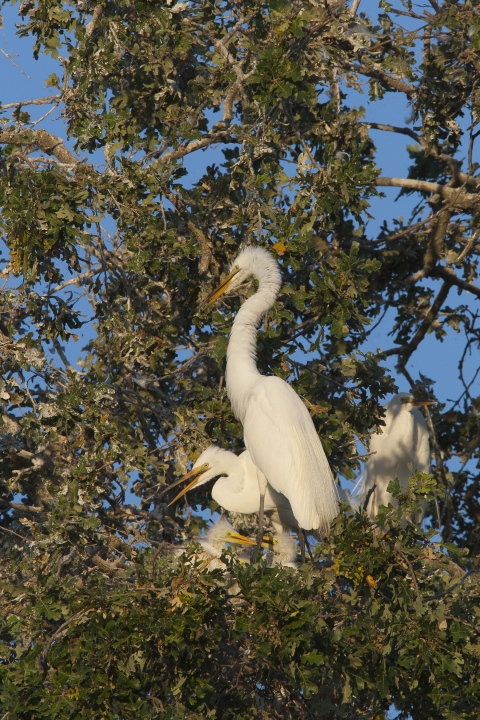UPDATED April 11, 2024:
ALERTS:
PHONES: our phone system is currently down. Please reach out via email if you need to reach us: sacramentovalleyrefuges@fws.gov
CLOSED: Colusa NWR Auto Tour - repair work is scheduled to begin this week
Visit Us
Sutter National Wildlife Refuge is just one of the 5 National Wildlife Refuges and 3 Wildlife Management Areas that make up the Sacramento National Wildlife Refuge Complex. Sutter NWR offers waterfowl hunting, seasonal trails, and limited wildlife viewing.
Find out more about Sutter NWR by exploring the menu to the left (desktop) or hamburger menu top-right (handheld device), or see our Plan Your Visit page (link below) to find everything the Complex has to offer.
PLAN YOUR VISIT <-- Click here to find all the information you need to visit the Complex.....
• ACTIVITIES
• visitor center
• auto tours
• trails
• photography
• bicycling
• hunting
• environmental education
• HOURS
• FEES AND PERMITS
• RULES AND POLICIES
• ACCESSIBILITY
• DIRECTIONS
• OTHER LOCAL INFORMATION
Location and Contact Information
About Us
Sutter National Wildlife Refuge is part of the Sacramento National Wildlife Refuge Complex. It is located about 50 miles north of the metropolitan area of Sacramento and about 12 miles southwest of Yuba City in Sutter County. The refuge consists of about 2,591 acres consisting primarily of wetlands, with some grasslands and riparian riparian
Definition of riparian habitat or riparian areas.
Learn more about riparian habitats.
Click on the link below to learn more about us!
What We Do
- Resource Management
To help plants and wildlife, Refuge staff uses a variety of habitat management techniques to maintain, recover or enhance plant and wildlife values. Refuge staff carefully consider any management techniques and employ them in varying degrees according to the situation.
- Conservation and Partnerships
The Complex is involved in many conservation endeavors, including Comprehensive Conservation Plans, Private Landowner Programs, and the National Wildlife Refuge System Improvement Act.
Click on the link below to learn more about what we do!
Our Organization
National Wildlife Refuge System Improvement Act of 1997:The NWRS Improvement Act defines a unifying mission for all refuges, including a process for determining compatible uses on refuges, and requiring that each refuge be managed according to a CCP. The NWRS Improvement Act expressly states that wildlife conservation is the priority of System lands and that the Secretary shall ensure that the biological integrity, diversity, and environmental health of refuge lands are maintained. Each refuge must be managed to fulfill the specific purposes for which the refuge was established and the System mission. The first priority of each refuge is to conserve, manage, and if needed, restore fish and wildlife populations and habitats according to its purpose.
Our Species
Sutter NWR regularly supports peak wintering populations of over 150,000 ducks and 70,000 geese. The mixed riparian riparian
Definition of riparian habitat or riparian areas.
Learn more about riparian forest habitat on the refuge is also important for breeding and migrating passerine birds, and supports a large heron/egret rookery. The refuge provides habitat for several Federal and State endangered and threatened species, including giant garter snake, Chinook salmon, yellow-billed cuckoo, and Swainson's hawk.
Species and Habitats <-- Click here to learn more about our species and habitats!
Wildlife Checklist <-- Click here to view our Wildlife Checklist
